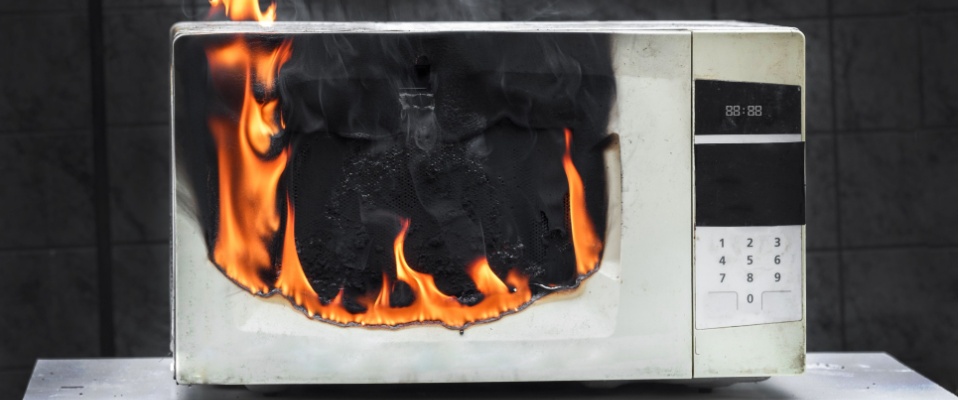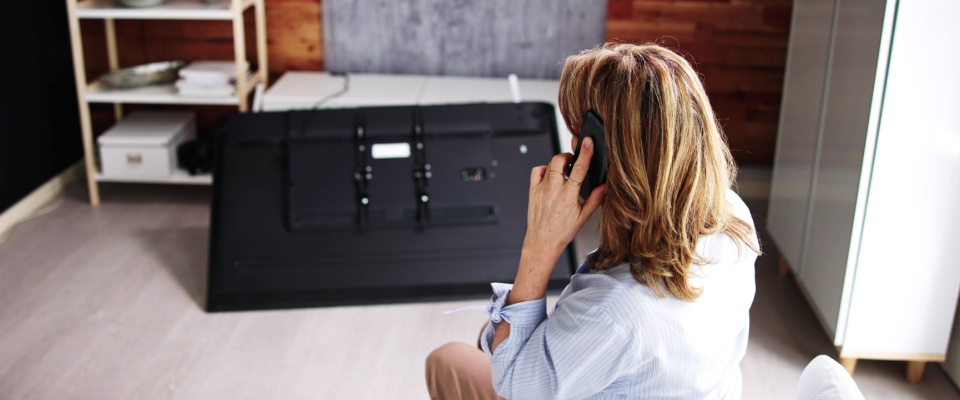If you’re a renter and you have renters insurance (or you’re thinking about getting it), you’ve probably come across the term “renters insurance deductible.” What does that phrase mean?
Insurance terms may sound like they were made to confuse regular renters, but once you break them down, they’re usually straightforward.
Let’s talk about deductibles, how they work, and how to choose the right one for your budget and lifestyle.
What is a renters insurance deductible?
In simple terms, a renters insurance deductible is the amount of money you agree to pay out of pocket when you file a claim. After you’ve reached that amount, your insurance company covers the rest up to your policy limits.
This deductible is tied to your policy and is usually a flat dollar amount — commonly $250, $500, or $1,000. However, this may vary based on the insurance company and your policy’s provisions. You choose your deductible when you purchase your renters insurance.
Why do renters insurance deductibles matter?
Deductibles help keep insurance costs under control. If people could file claims for every little thing (like a lost phone charger or a cracked mirror), insurance companies would be flooded with small claims, and everyone’s premiums would go up.

The deductible acts as a filter, encouraging people to only file claims for significant losses. It also helps keep monthly premiums lower for everyone.
How does a deductible work in real life?
Let’s walk through a couple of real-world examples to show how deductibles work:
Example 1: Theft
- You come home to find someone’s broken in and taken your TV, soundbar, and laptop.
- Total loss: $2,000
- Your deductible: $500
- Your insurance company pays: $1,500
Example 2: Water damage
- Your upstairs neighbor leaves their tub running. Water leaks into your apartment, ruining your couch and area rug.
- Total damage: $900
- Your deductible: $1,000
- Since your deductible is higher than the damage, your insurance company pays: $0
In the second example, it wouldn’t make sense to file a claim because the cost of your loss is less than the deductible.
Example 3: Fire damage
- An accidental kitchen fire damages your microwave, cabinets, and some personal belongings.
- Total loss: $4,000
- Your deductible: $500
- Your insurance company pays: $3,500 (since the loss exceeds your deductible)
Once your loss hits or exceeds your deductible, your policy helps cover the rest, up to your coverage limit.

Choosing the right deductible for your renters insurance
Now that you get how a renters insurance deductible works, how do you pick the right one?
Here’s the deal:
- Lower deductible = Higher monthly premium. If you choose a $250 deductible, your monthly cost for renters insurance will probably be higher because the insurance company will be on the hook for more if you file a claim.
- Higher deductible = Lower monthly premium. If you pick a $1,000 deductible, you’ll likely pay less each month, but you’ll need to cover more out of pocket if something happens.
So, what’s the right move? It depends on your budget, the value of your personal belongings, and how likely you are to file a claim.
If you don’t have many expensive items like electronics or musical instruments, a higher deductible can save money every month. But if you’d have a hard time coming up with $1,000 suddenly, a lower deductible can offer more peace of mind, even if it costs slightly more month-to-month.
When do you pay the deductible?
You only pay your deductible when you file a claim, and it’s approved. You don’t pay it up front like a bill. Instead, your insurer subtracts it from the total amount they reimburse you.
So, if you file a claim for $1,200 and your deductible is $500, they’ll send you a check for $700. There’s no need to make a separate payment; the amount is simply deducted from your claim.
Does every claim have a deductible?
Most claims for personal property — like your electronics, furniture, or clothes — will require you to pay your deductible.

However, if your renters insurance includes liability coverage (for example, if your dog bites someone or you accidentally damage someone else’s property), that part of the policy may not involve a deductible. It depends on your provider and your specific insurance plan.
Always check the fine print so you know what’s covered and when the deductible kicks in.
Tips to make the most of your renters insurance deductible
Make an inventory
Know what you own and how much it’s worth. Creating an inventory and adding up the total worth of your belongings will help you decide if it’s worth filing a claim, as well as whether your deductible is too high or too low.
Don’t file small claims
If the damage or loss is just a little more than your deductible, it might not be worth it. Too many claims can raise your premiums.
Bundle if you can
Some insurers offer a discount if you bundle renters insurance with auto insurance, for instance. That could give you room to go for a lower deductible without breaking your budget.
Review annually
Rents go up, jobs change, and you sell, throw out, or buy new things. Review your renters insurance policy and your deductible at least once a year to make any needed updates.

Ultimately, your deductible should make sense for your budget and the value of your belongings. Choose wisely, and make sure you’re not caught off guard if you ever need to file a claim.
ResidentShield offers plans with deductibles as low as $250 per claim occurrence to make sure you can get a lot of assistance if you end up needing to make a claim.
Want more renter-friendly insurance tips? Check out our guides on how to easily get renters insurance online, how rates are determined, or which mistakes to avoid when getting renters insurance.
